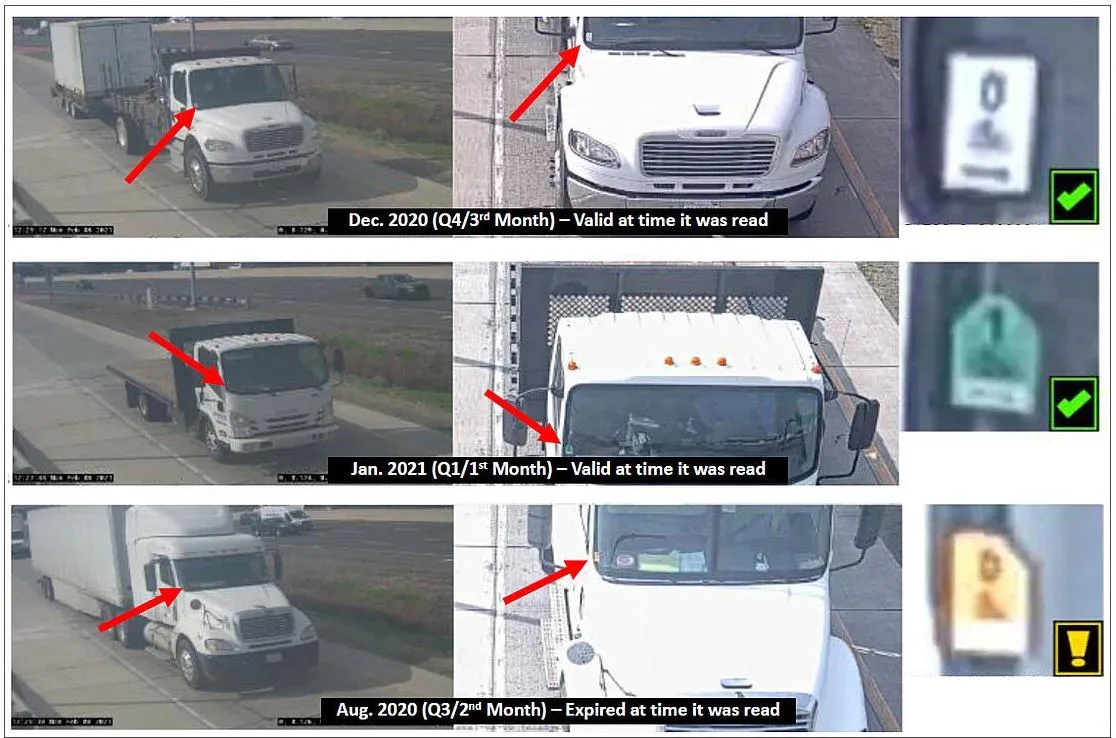
The bi-directional traffic mode of the system prevents vehicles from avoiding the weigh station also works well in a situation where the road is closed or vehicles are queueing in one lane.
An advanced traffic classifier, also developed by Camea, with wide-ranging traffic monitoring applications, such as vehicle counting, precise classification, gap and headway measurement, and axle counting can also be optionally added to WIM system.









